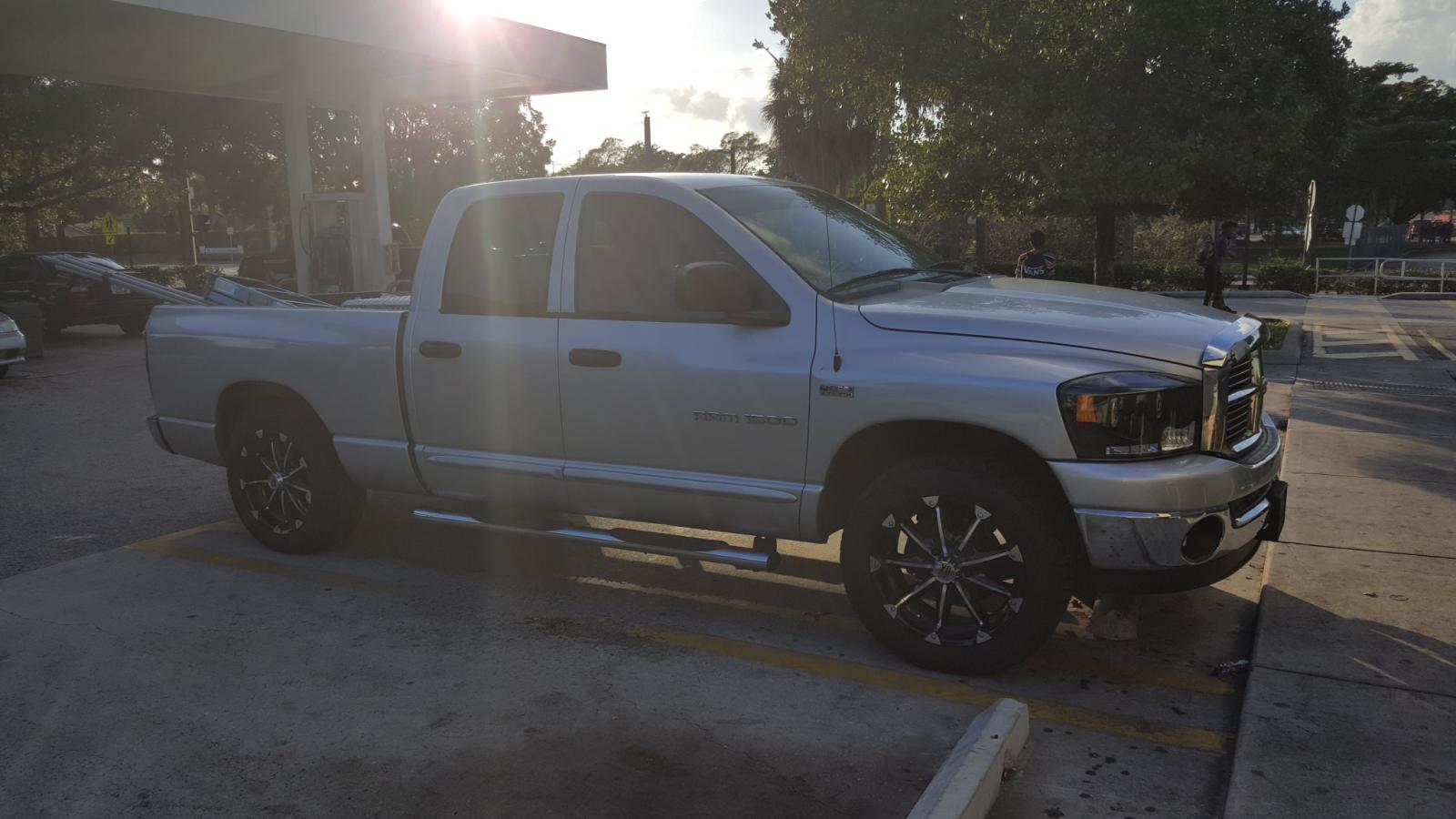- Replies 49
- Views 32.6k
- Created
- Last Reply
Most Popular Posts
-
Finally making some progress on the Hem build. All of the machine work is finally finished, and I can start going together with it. After a thorough cleaning of the block, and scrubbing th
-
Well, it has been a busy summer. Lots of family trips, a lot of transmissions built, a lot of music played, a lot of outings on the boat, etc... Progress on the Hemi has been slow, but I h
-
Got the engine installed and running. It fired right up...perfect oil pressure, no leaks, cooling system bled right out, valve train silenced itself after a couple of minutes to pump the lifters; no m




Several guys have expressed interest in a thread about the 392 stroker Hemi that I'm building. I figured I'd go ahead and chronicle everything the best I can.
I'm still waiting for some parts to show up, but here's the basics of what I'm doing.
The stock Dodge 5.7 Hemi has a bore of 3.917", and a stroke of 3.58", for a total displacement of 345 cubic inches...or 5.7 liters. I am having a little fun with this one, so I'm boring it .010" just to clean up the bore. I'll be using Mahle forged pistons specifically designed for the crankshaft and rods that I'm using. Speaking of crankshafts, that's where all of the fun will come from on this particular engine. Several manufacturers make a crankshaft for both the 5.7 Hemi as well as the 6.1 liter Hemi (they share the same stroke) with a stroke of 4.05". Why 4.05"...? That's kind of an arbitrary number, isn't it? Well, with a 5.7L block, bored .010" over, and a 4.05" stroke, the engine displaces exactly 392 cubic inches, and the same crank in a 6.1L block (also bored .010" over), yields a displacement of exactly 426 cubic inches... Both of these numbers are throwbacks to the Hemis of old...the old elephant engines.
Up top, I'm keeping the 5.7 heads, but I'm installing the larger stainless valves from the 6.1L's. Replacing the intake seats is something you'll want to do on ANY Hemi engine that you build because they are notorious for dropping them even when mildly overheated. There is not much of a press-fit from the factory, and they drop right out when they get hot enough. So, since I was having the seat replaced anyway, I had larger seats installed in both the intake and exhausts to accommodate the larger 6.1L valves. The OEM 5.7L valves measure 2.0" inches on the intake side, and 1.55" on the exhaust. The OEM 6.1L valves are 2.08" on the intake, and 1.6" on the exhaust. Plus, the 6.1L valves are much lighter due to the hollow stem on the intake valve, and the exhaust stems are sodium filled for better heat transfer away from the combustion chamber. I am using PSI LS1511 valve springs with Comp Cams spring locators to keep them in place at the bottom. These were both made for the GM LS engines, but work great in the Hemi after machining the top of the valve guide down to .510". Valve spring installed height is set at 1.8". These springs have exactly 135 lbs of pressure on the seat at 1.8" installed height. Perfect...
As far as the camshaft goes, the stock 5.7L cam is VERY small...! In the last Hemi I built (in my wife's Durango), I used a 6.1L SRT8 camshaft, which is quite a bit "larger", and runs very nice. On this build, I'm taking things a step further and had a camshaft ground with 221 degrees of duration (at .050") on the intake, and 227 degrees on the exhaust side. Lift is .575" on the intake, and .585" on the exhaust, and the lobe centers (LSA) are pretty wide at 115 degrees. This will help it play nice with the computer at idle.
So, that's what I'm building...a 392 cubic inch "stroker" Gen III Hemi engine with ported big-valve heads and a custom ground camshaft for an '04 Durango that I bought.
Pictures to come...